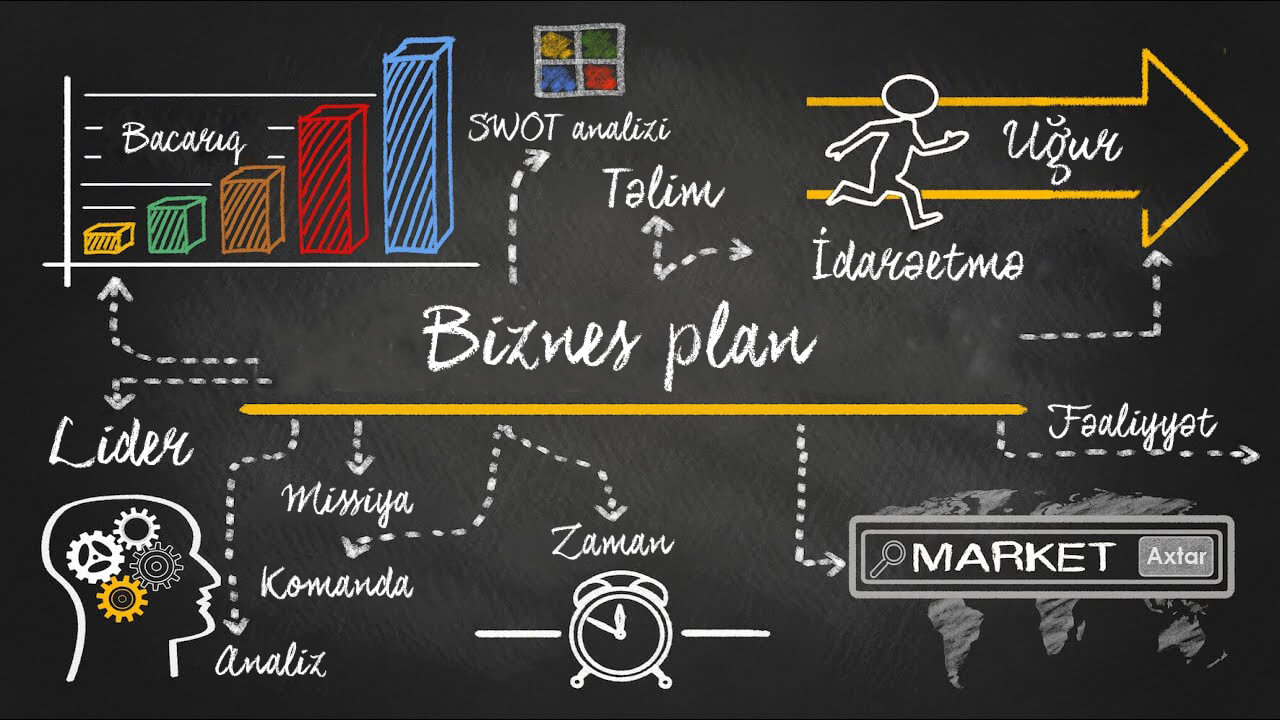SERVICES
Writing business plans

Writing a business plan is an important step in starting a new business or growing an existing one. A business plan is a document that describes in detail the goals and objectives of the business, market opportunities, operating strategy, and financial expectations. It is also used to attract investors and lenders. A well-written business plan helps identify potential risks and opportunities and ensures that the business will be successful.
Key Parts Included in the General Structure of a Business Plan:
Executive Summary:
This is the most important part of the business plan and provides a brief summary of the plan.
It provides a brief description of the company’s name, purpose, products and services offered, market target, and financial goals.
This section is very important for investors because they can decide whether to proceed based on this section.
Company Description:
It provides information about the company or organization’s mission, vision, and legal structure (e.g., sole proprietorship, limited liability company (LLC), joint stock company, etc.).
It explains the role of the participants and the area in which the company will operate.
Market Research:
Identifies the target market, analyzes the size, demand and potential of this market.
Provides a competitive analysis and shows what the strengths and weaknesses are.
Provides detailed information about the types of customers (target audience) and their needs.
Products and Services:
Provides extensive information about the products or services offered by the company.
It is important to highlight how these products or services meet the requirements in the market, their innovative aspects and potential benefits.
Marketing and Sales Strategy:
Provides information about how the company will enter the market, advertising and promotional plans, sales strategy and customer relations.
Provides detailed information about how the target market will be reached, pricing policy, product advertising and distribution channels.
Management and Team:
Provides information about the management team for the company or project, their experiences and relevant skills.
Explains the role of each team member and how they will contribute to the development of the company.
Operational Plan:
Describes how the company will manage its day-to-day operations.
Provides information about the production process, service delivery, employees, technology, and other operational aspects.
Financial Plan:
The company’s financial position, budget, revenue and expense projections, profit and loss analysis, cash flow plan, and other financial indicators.
Details about the company’s revenue expectations, expenses, cash reserves, and future earning potential that are important to investors and lenders.
Risks and Challenges:
Information about the main risks and challenges that the company may face.
A brief explanation of the measures and strategic approaches that will be taken to address these risks.
Appendices:
Additional information, graphs, tables, market research documents, and other supporting materials.
Legal documents, contracts, or other relevant documents may also be included here.
A business plan is designed for a specific time frame (usually 3-5 years) and covers the organization’s growth, revenue generation strategies, customer acquisition plans, and other important issues. A perfectly designed business plan creates the basis for adequate behavior in response to market changes.